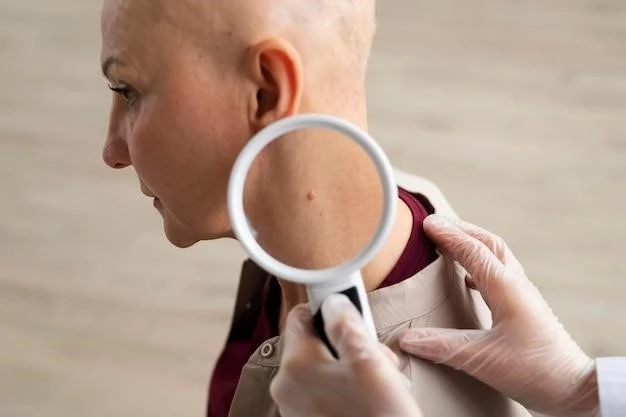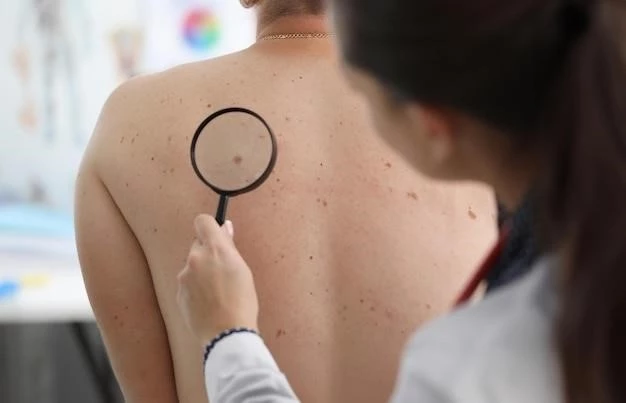Understanding Hydatidiform Mole
Hydatidiform mole, also known as molar pregnancy, is an abnormal tissue growth in the uterus. This article will provide insights into the causes, types, symptoms, diagnosis, treatments, prognosis, and follow-up care for this condition.
Introduction to Hydatidiform Mole
Welcome to the introduction of Hydatidiform Mole, a rare condition affecting pregnancy. It occurs due to abnormal fertilization, leading to the growth of abnormal tissue in the uterus. Hydatidiform mole can be classified into two types⁚ complete mole and partial mole, based on the genetic material involved. Understanding the basics of this condition is crucial for timely diagnosis and appropriate management. Let’s delve deeper into the world of Hydatidiform Mole to gain insights into its causes, symptoms, diagnosis, treatment options, prognosis, and follow-up care. Stay informed and empowered to navigate this journey with knowledge and confidence.
Causes of Hydatidiform Mole
Understanding the causes of Hydatidiform Mole is essential for better management. This condition primarily occurs due to abnormal fertilization during conception. In a complete mole, an empty egg is fertilized by either two sperm or a sperm that duplicates its genetic material. In contrast, a partial mole happens when two sperm fertilize a normal egg, resulting in an abnormal embryo with three sets of chromosomes. These genetic abnormalities lead to the development of abnormal placental tissue in the uterus. By recognizing the underlying causes, healthcare providers can tailor treatments effectively. Stay informed about the intricate mechanisms behind Hydatidiform Mole to make informed decisions regarding your health.
Types of Hydatidiform Mole
Hydatidiform Mole manifests in two main types⁚ Complete Mole and Partial Mole, each with distinct characteristics. A Complete Mole typically results from an empty egg being fertilized by either two sperm or a sperm that duplicates its genetic material. It leads to the absence of fetal development and a mass of abnormal placental tissue. On the other hand, a Partial Mole occurs when two sperm fertilize a normal egg, causing abnormal embryo formation with three sets of chromosomes. Understanding these types is crucial for accurate diagnosis and tailored treatment plans. Educate yourself about the nuances of Complete and Partial Moles to navigate your healthcare journey more effectively.
Symptoms and Diagnosis of Hydatidiform Mole
Recognizing the symptoms and diagnosing Hydatidiform Mole early is crucial for timely intervention. Symptoms may include vaginal bleeding in early pregnancy, severe morning sickness, and rapid uterine growth. However, some cases may be asymptomatic and detected through routine ultrasound screenings. Diagnosis often involves blood tests to monitor hCG levels, genetic testing, and ultrasound imaging to assess the uterus and placenta. Prompt consultation with a healthcare provider upon experiencing any concerning symptoms or for regular prenatal care can aid in the early detection and management of Hydatidiform Mole. Stay vigilant and proactive about your health during pregnancy.
Treatment Options for Hydatidiform Mole

Exploring treatment options for Hydatidiform Mole is essential for addressing this condition effectively. In cases of complete moles, the standard treatment involves dilation and curettage (DnC) to remove the abnormal tissue from the uterus. After the procedure, close monitoring of hCG levels is crucial to detect any persistent mole or recurrence. Partial moles may sometimes resolve on their own; however, regular monitoring through blood tests and ultrasounds is still necessary. In some instances, chemotherapy may be required to manage persistent or high-risk moles. Your healthcare team will tailor a treatment plan based on the type and progression of the mole. Seek expert guidance and follow-up care to ensure the best possible outcome.
Prognosis and Follow-Up Care
Understanding the prognosis and embracing follow-up care is vital after a Hydatidiform Mole diagnosis. The majority of cases are treatable, with an excellent prognosis for complete recovery. Monitoring hCG levels is crucial post-treatment to ensure the mole is fully resolved. It is essential to attend regular follow-up appointments to track hCG levels and undergo ultrasound scans to monitor the uterus and placenta. These measures help in detecting any signs of recurrence or potential complications. Stay proactive about your follow-up care and collaborate closely with your healthcare team to safeguard your health and well-being post-Hydatidiform Mole treatment.
Conclusion
Congratulations on completing this comprehensive journey into understanding Hydatidiform Mole. This rare condition, though challenging, can be effectively managed with timely diagnosis, appropriate treatment, and vigilant follow-up care. By recognizing the causes, types, symptoms, diagnosis, treatment options, prognosis, and follow-up protocols for Hydatidiform Mole, you empower yourself to navigate this path with knowledge and confidence. Remember to prioritize your health by seeking regular prenatal care, staying informed, and actively participating in your treatment plan. With the right support and information, you can face Hydatidiform Mole with resilience and emerge stronger on the path to recovery.
